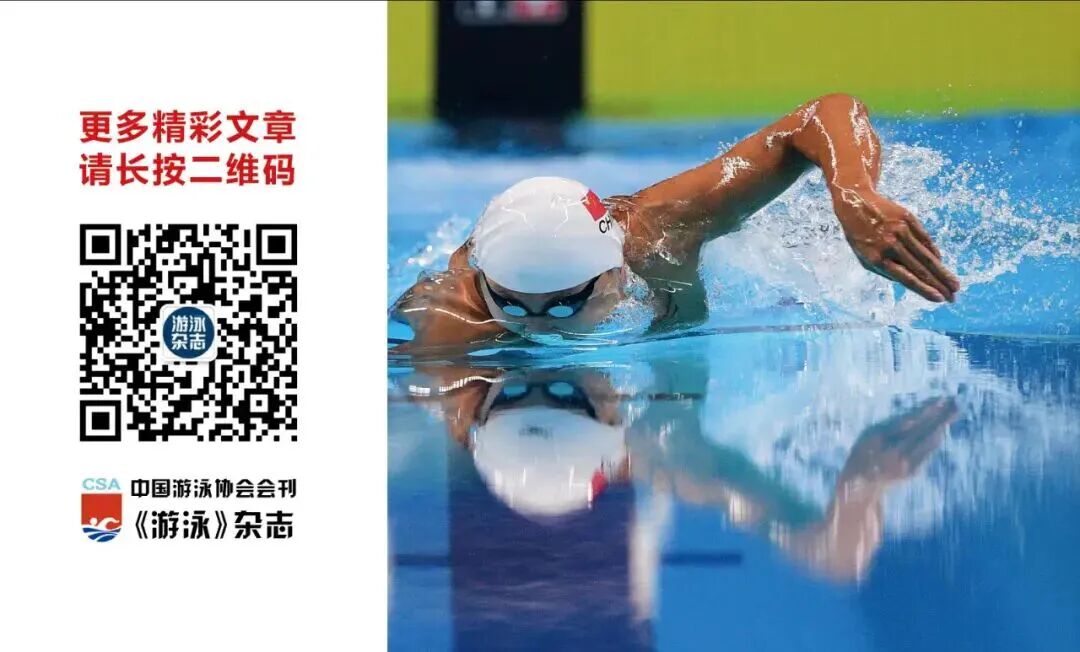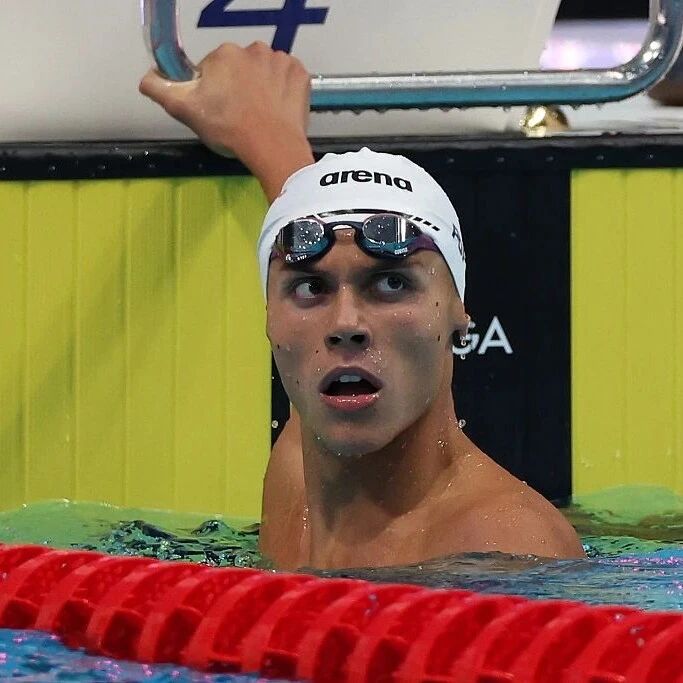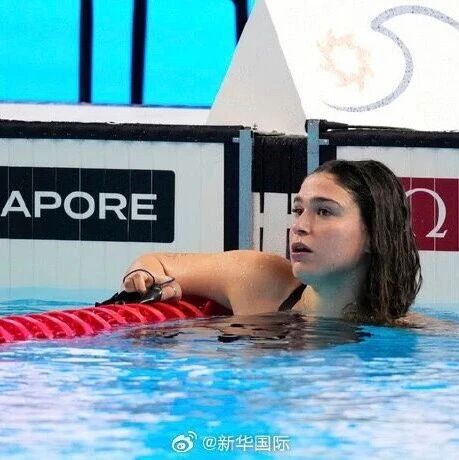To swim freestyle faster, don’t focus only on your legs!

When many people hear "breaststroke," their first thought is—Leg
After all, everyone says: "In breaststroke, it's the legs that count—strong legs mean faster speed."
That's right—frog legs are indeed the "engine" of breaststroke.
But if you think breaststroke relies solely on your legs, you might have been misled by "half-truths" from experience.
Actually,The role of the frog hand is anything but minor.— It not only provides propulsion, but more importantly, it helps you "lengthen your body," creating space for the subsequent leg kick, allowing your entire swim to feel smoother and more fluid.
I. Propulsion and Drag in Breaststroke: The Upper Body Takes "Small Steps," While the Lower Body Executes "Large Strides"
From a propulsion standpoint, the "main driver" in breaststroke is the leg kick, while the "co-pilot" is the arm stroke.
When the frog's legs push, they propel the entire body forward, while its hands help stabilize direction and keep the body streamlined.
✅ Here's the key point:
- The "power phase" of the frog's leg movement is the kicking and clamping action.
- The "power phase" of the frog kick isInternal division
When the frog's legs retract,Definitely don't rush.
This step should be executed as follows—“Gently pull in your legs, without disturbing the flow of water.”
Pulling your legs back too quickly and creating excessive splashes only ends up generating resistance for yourself.
Moreover,Don't take too much!
Just make sure your thighs are level with your abdomen—no need to push them forward too far.
Imagine you're drawing a bow:
Pulling the legs back = drawing the bowstring,
Kicking the legs = Archery.
Draw the bow steadily, and release the arrow with determination.
At the moment of pushing and squeezing, while your thighs engage, your calves should actually relax.
Relaxed calves can "leverage the water," making your kicks smoother and more explosive.
2. Frog Hand Combined with Core and Abdominal Power
Do you ever have this feeling:
Why is Mingming paddling so hard yet his upper body won’t stay afloat—and instead, he’s sinking deeper as he swims?
This is a classic case of "using only the hands, not the core."
When swimming breaststroke, lifting the body upward isn’t achieved by forcefully pulling with your arms—but ratherThe combined result of hand and core strength
This feeling of exertion is kind of like lying on the ground and using the strength of your hands and core to lift your upper body off the floor.
In other words,In breaststroke, the "core"—not the arms or legs—is truly the central powerhouse.
When you stroke, lift your head to breathe, and then extend your arms forward, your core strength helps stabilize your body, keeping your posture perfectly aligned.
This not only enhances gliding efficiency but also makes your movements more graceful and fluid.
Want to make your breaststroke smoother and more effortless? Take a moment to strengthen your "core"!
Even exercises like plank, crunches, and lying leg raises can help you swim more steadily and faster.
3. The Propulsive Force of the Frog Hand
Many people strain themselves when practicing the frog kick—resulting in big splashes but little forward motion, leaving them exhausted and still not swimming faster.
Actually,During the catch and recovery phases, don't apply too much force.
These two stages are more like a process of "adjusting your posture"—much like the arm recovery phase in freestyle swimming, where getting the form right allows the water to "obey you."
When your hand sweeps out to shoulder-width,High-elbow backward pull of the waterThen, draw inward—bring both arms close to the elbows, press palms together, and extend them forward.
Note, hereIt's using the upper arm, not the forearm!
Many people only move their forearms when scooping water, but as a result, the water ends up leaking right through their arms.
OnlyUpper-arm elbow clamp, only then can you truly "hold" the water.
With this move, a brief "gap" will appear on your chest—this is exactly the moment whenBody diveThe golden opportunity!
4. Forward Extension Movement
Many people tend to push the frog kick forward with force, even pressing downward—only to end up increasing water resistance and causing themselves to momentarily pause instead.
The correct action is—Reaching diagonally upward, then curving slightly downward.
The entire trajectory resembles a wave:
Up → Down → Forward.
The hand gently slides forward into the water just as it’s about to straighten completely.
This process not only reduces resistance but also helps naturally lengthen the body, laying a solid foundation for powerful leg movements.
5. The Rhythm of Breaststroke
Like butterfly, breaststroke is also quite physically demanding.
But breaststroke has one advantage—it includes a glide phase!
In other words, you can take a brief "break" while gliding.
At that moment, you’ll feel your body gently stretching in the water—like you’re floating, or as if the water is “cradling” you forward. It’s incredibly soothing.
So experts all understand one principle:
Not everyone who can swim is the strongest—only those who truly understand the rhythm are.
Smooth entry, powerful kick, and long glide—that’s the most captivating rhythm of breaststroke.

Submissions are welcome! Please send your manuscripts to the editorial office of *Swimming* magazine at:



